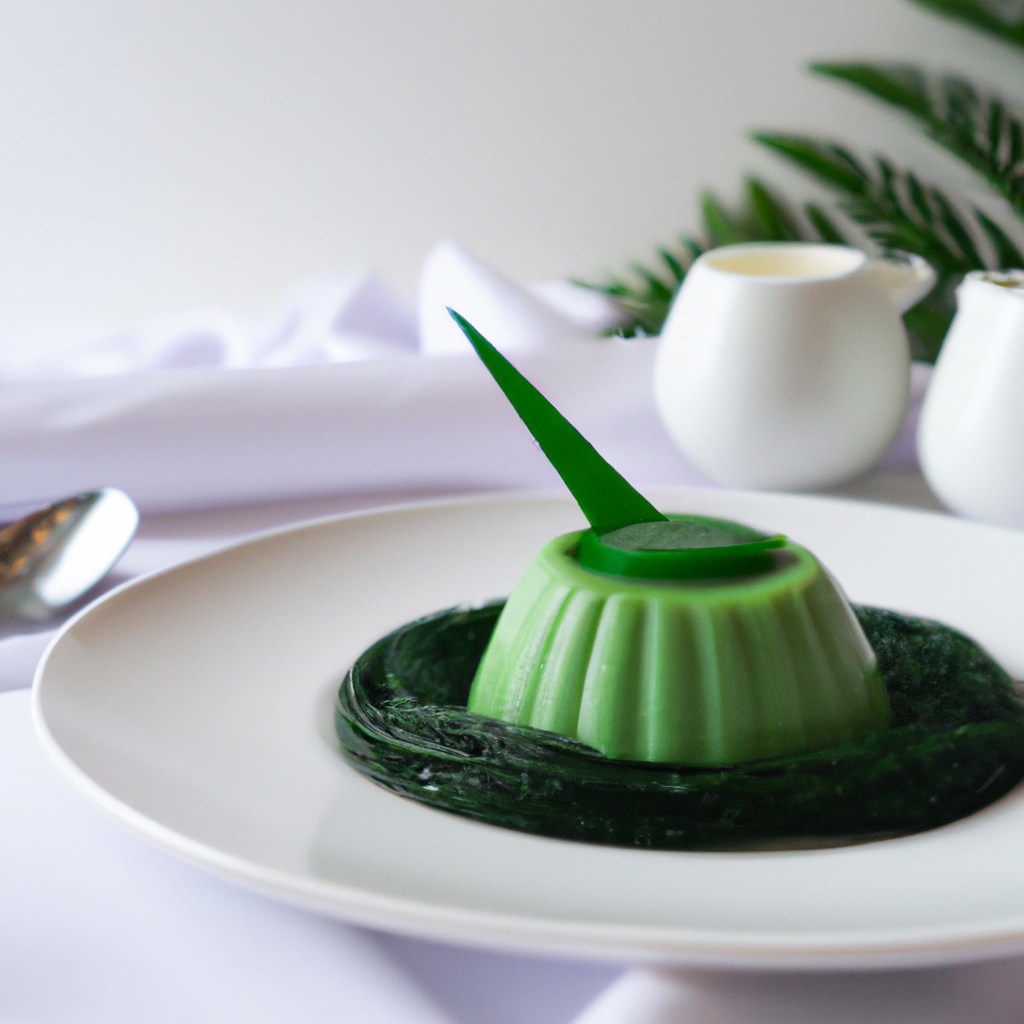PROS
Kaya (Coconut Egg Custard) is a tasty and versatile spread that can be used in a variety of dishes.
The creamy texture and coconut flavor make it a popular choice for breakfast items and desserts.
It is also a vegetarian and gluten-free option.
CONS
This recipe contains a high amount of sugar, so should be consumed in moderation as part of a balanced diet.
The cooking process can be lengthy and requires constant stirring to ensure that the custard does not burn.
HEALTH & BENEFITS
Coconut cream is rich in healthy fats that can help to boost metabolism and support brain function.
Eggs are an excellent source of protein, vitamins, and minerals.
The pandan leaves used in this recipe have been linked to anti-inflammatory benefits and may help to reduce pain in conditions such as arthritis.



/rating_off.png)
Leave a Reply